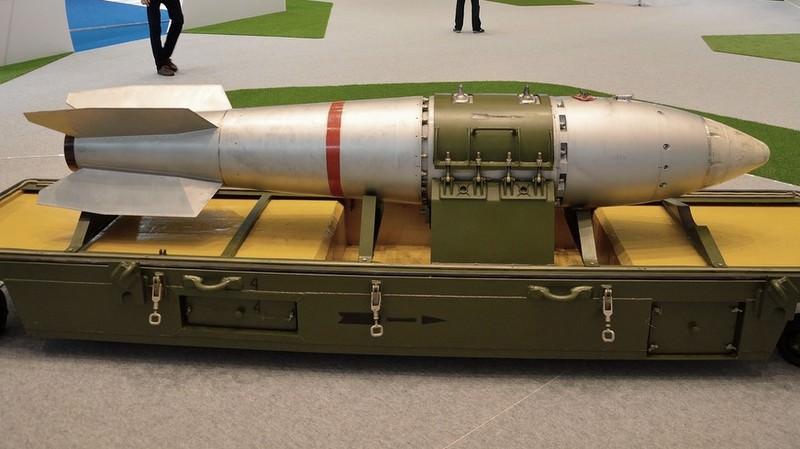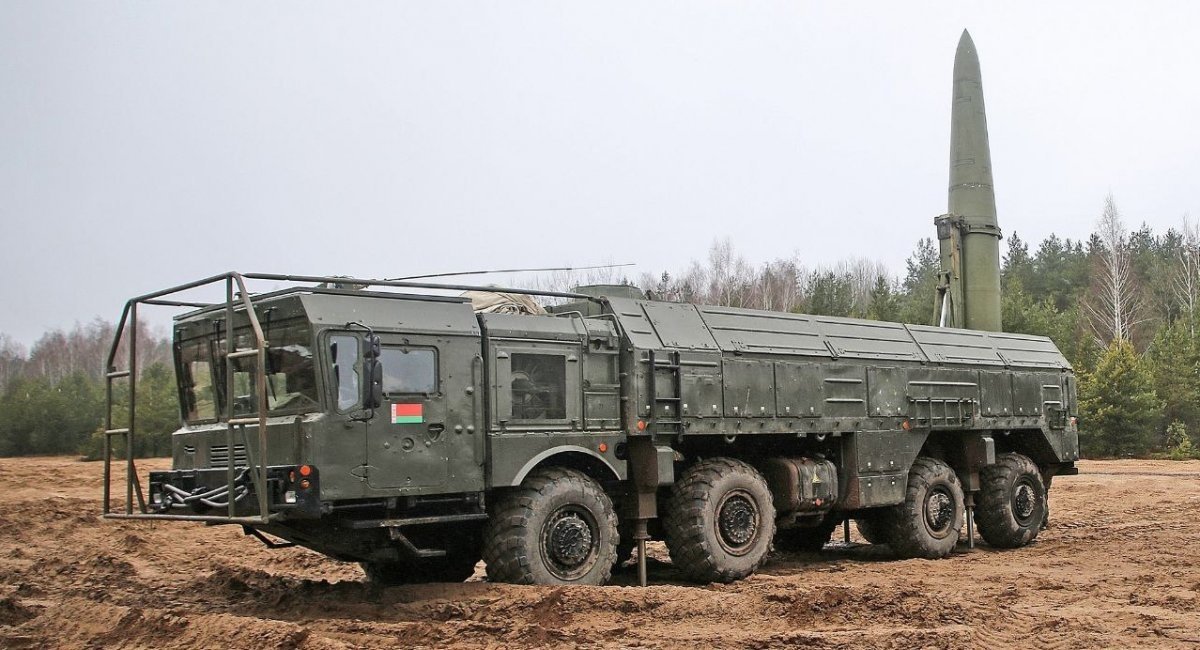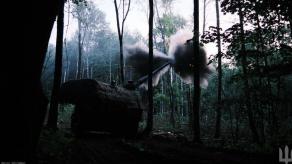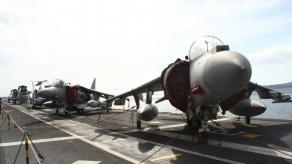Kremlin's media report that russian minister of defense Shoigu and his belarusian counterpart Khrenin have finalized the agreement allowing russia to keep its nuclear weapons on the territory of belarus. These weapons would still be under the full control of Moscow, the decision on using them would be approved solely by Moscow, and the option of "joint usage" with Minsk is not provided.
Nonetheless, according to Khrenin, the nukes would be carried and launched by the belarusian Su-25 after a modification is done to the aircraft, with russia's participation. And the belarusian military personnel was trained to handle these dangerous munitions.
Read more: If Putin is Not Bluffing About Nuclear Weapons in Belarus, Then a Storage Facility for Them Can Be Built in Machulyshchi Airfield

Previously, the russians stated they handed Iskander missile systems over to belarus, the receiving end would be able to use them independently. These Iskander short-range missile launchers can fire both conventional and nuclear missiles.
Some sources also suggest that Lukashenko may have allocated not the Su-25 subsonic attack aircraft which was not designed for using nukes but the Su-24 bombers decommissioned in 2012. Unlike the first one, the Su-24 has historically been intended as a nuclear weapon carrier.
Thus we have the following assets capable of firing nuclear weapons in belarus, from the most to the least possible: Iskander systems received from russia, Su-24M potentially restored from long-term storage, or Su-25 that we said to be reforged in order to take special munitions.

As for the nuclear "special munitions" on the belarusian territory, those are quite obvious: nuclear Iskander missiles. But here we should note, according to the summarized data from the Russian nuclear weapons 2023 research by Bulletin of the Atomic Scientists, the Kremlin only has 100 nuclear charges for Iskander missiles at most, and no mention of any air-launched nuclear weapons.
At the same time, the US-based Jamestown Foundation assumes russia could deploy RN-40 tactical nuclear airbombs, which entered service in 1991. Minsk could use the NGP3 mobile complex to store these bombs, such a complex consists of 12 vehicles that can take up to 48 munitions in total.

But the biggest threat deriving from the emplacement of tactical nuclear weapons in belarus is its side effect. Nuclear weapons in russia are controlled and used by the 12th Chief Directorate of the General Staff. From the news, it follows that this department will now issue orders to the belarusian military who will provide maintenance to the russian nukes and their carriers. It means some part of the belarusian military will be subordinated to the russian General Staff thus once again confirming the satellite status of the belarusian army toward russian armed forces.
Read more: Russia Transfers Iskander Missiles to Belarus Violating Two Fundamental International Agreements At Once














